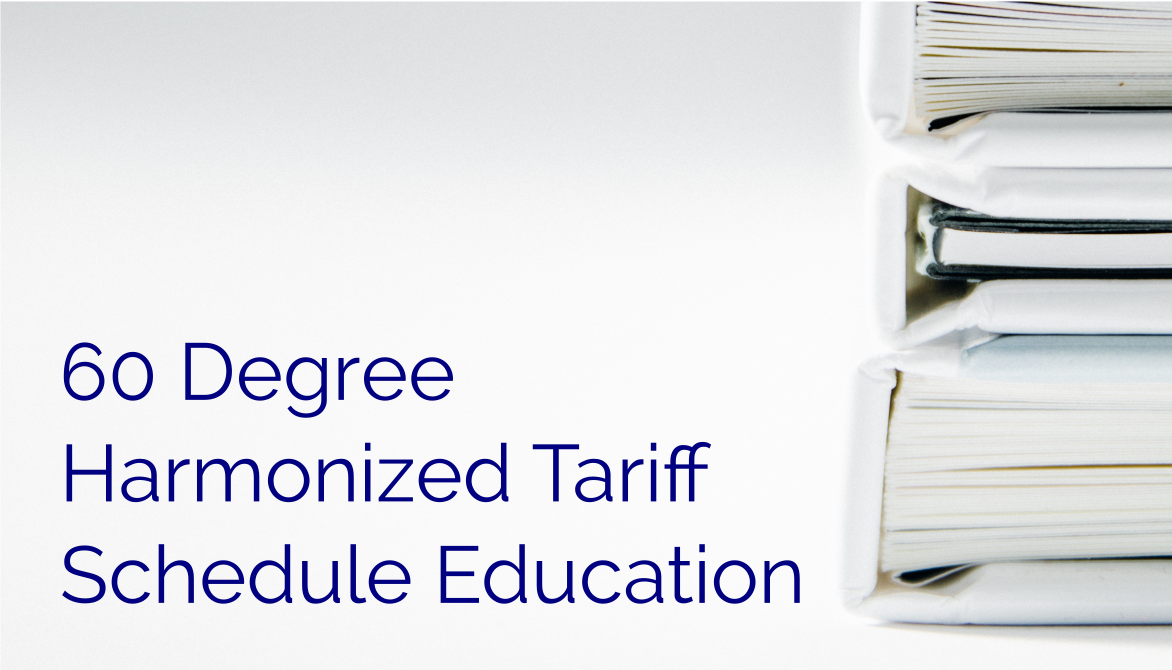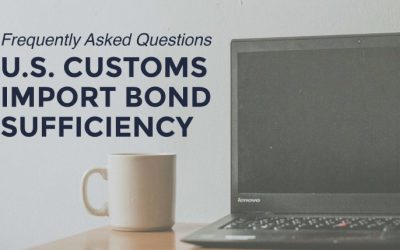The following are a few things every importer should know about the harmonized tariff schedule.
A Collective Effort of the Harmonized Tariff Schedule
The Harmonized Tariff System is global product classification system. The World Customs Organization (WCO) maintains the Harmonized Tariff Description and Coding System (HTS) with over 170 countries in participation. The first six digits of the HTS code categorize all items involved in international trade and are consistent throughout all countries involved in the HTS. The suffix (two to four digits) is country specific; the U.S. suffix consists of four digits. The U.S. HTS is primarily a classification system to unvaryingly identify goods and secondarily a commodity specific tariff system.
Internal Auditing
The importer of record is responsible for providing Customs and Border Protection (CBP) with the correct HTS classification on all import entries and/or ISF filings. It is important to introduce or maintain procedures that result in accurate information concerning your products. Innovated technologies allow the importer to refrain from relying on third parties to presume the HTS classifications on your behalf. Your company could be overextending import-related costs each year by paying a higher tariff rate than required. CBP regards the importer’s HTS compliance seriously enough that the revenue collection agency will fine the importer for paying too much in CBP duty per import!
Proactive Evaluation of Your Harmonized Tariff
HTS codes are continually changing to allow for new product innovations and technology. Governments worldwide evaluate new revenue sources and seek to balance their trade with other countries. U.S. HTS codes are created with an expiration date to allow for updates. Because of this, it is important to consistently evaluate the validity of the codes that you are filing with. This ongoing internal compliance project should be reviewed at minimum, on an annual basis.






![[Webinar] How Could Changes to De Minimis Impact Your Company?](https://traderiskguaranty.com/trgpeak/wp-content/uploads/2025/05/trg-how-de-minimis-impacts-customs-bond-webinar-400x250.png)
